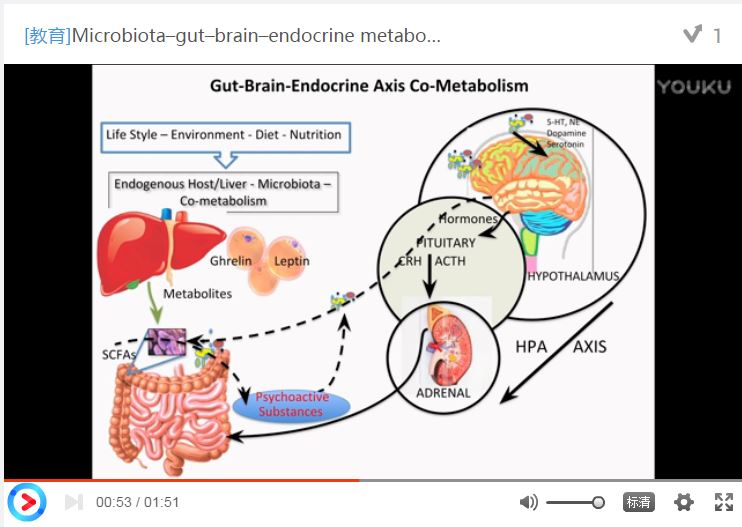108384
论文已发表
注册即可获取德孚的最新动态
IF 收录期刊
- 3.4 Breast Cancer (Dove Med Press)
- 3.2 Clin Epidemiol
- 2.6 Cancer Manag Res
- 2.9 Infect Drug Resist
- 3.7 Clin Interv Aging
- 5.1 Drug Des Dev Ther
- 3.1 Int J Chronic Obstr
- 6.6 Int J Nanomed
- 2.6 Int J Women's Health
- 2.9 Neuropsych Dis Treat
- 2.8 OncoTargets Ther
- 2.0 Patient Prefer Adher
- 2.2 Ther Clin Risk Manag
- 2.5 J Pain Res
- 3.0 Diabet Metab Synd Ob
- 3.2 Psychol Res Behav Ma
- 3.4 Nat Sci Sleep
- 1.8 Pharmgenomics Pers Med
- 2.0 Risk Manag Healthc Policy
- 4.1 J Inflamm Res
- 2.0 Int J Gen Med
- 3.4 J Hepatocell Carcinoma
- 3.0 J Asthma Allergy
- 2.2 Clin Cosmet Investig Dermatol
- 2.4 J Multidiscip Healthc

Recent findings within the microbiota–gut–brain–endocrine metabolic interactome
Authors Obrenovich M, Sankar Chittoor Mana T, Rai H, Shola D, Sass C, McCloskey B, Levison BS
Received 4 September 2016
Accepted for publication 29 November 2016
Published 22 February 2017 Volume 2017:9 Pages 21—30
DOI https://doi.org/10.2147/PLMI.S121487
Checked for plagiarism Yes
Review by Single-blind
Peer reviewers approved by Dr Lucy Goodman
Peer reviewer comments 2
Editor who approved publication: Dr Paul Zhang
Purpose of
review: We have established that many metabolic
biomes exist within the complex mammalian gut. Substantial metabolism occurs
within these biomes and is called co-metabolism of the host and resident
microorganisms. This gut–brain–endocrine metabolic interaction emphasizes how
bacteria can affect the brain and the hormonal axes in the process of
co-metabolism. This review highlights new findings in this regard.
Recent findings: In this review, we explore how the gut microbiota
affect the development and regulation of the hypothalamic–pituitary–adrenal
axis and neurochemistry from mental health and behavioral health to memory,
depression, mood, anxiety, obesity, and the development of the blood–brain
barrier.
Summary: This review describes the implications of the findings
for clinical practice or research. Interaction of small molecules within these
biomes is now described collectively as a “metabolic interactome”. Metabolites
of the gut–brain–endocrine axis and our overall gut health constantly shape the
host phenotype in ways previously unimagined, and this niche represents
potential targets for treatment and drug design, since the interaction or
biochemical interplay results in net metabolite production and/or end products
to exercise either positive or negative effects on human health.
Keywords: neurotransmitters,
gut brain axis, metabolomics, microbiota, microbiome, HPA
摘要视频链接:Microbiota–gut–brain–endocrine metabolic interactome
